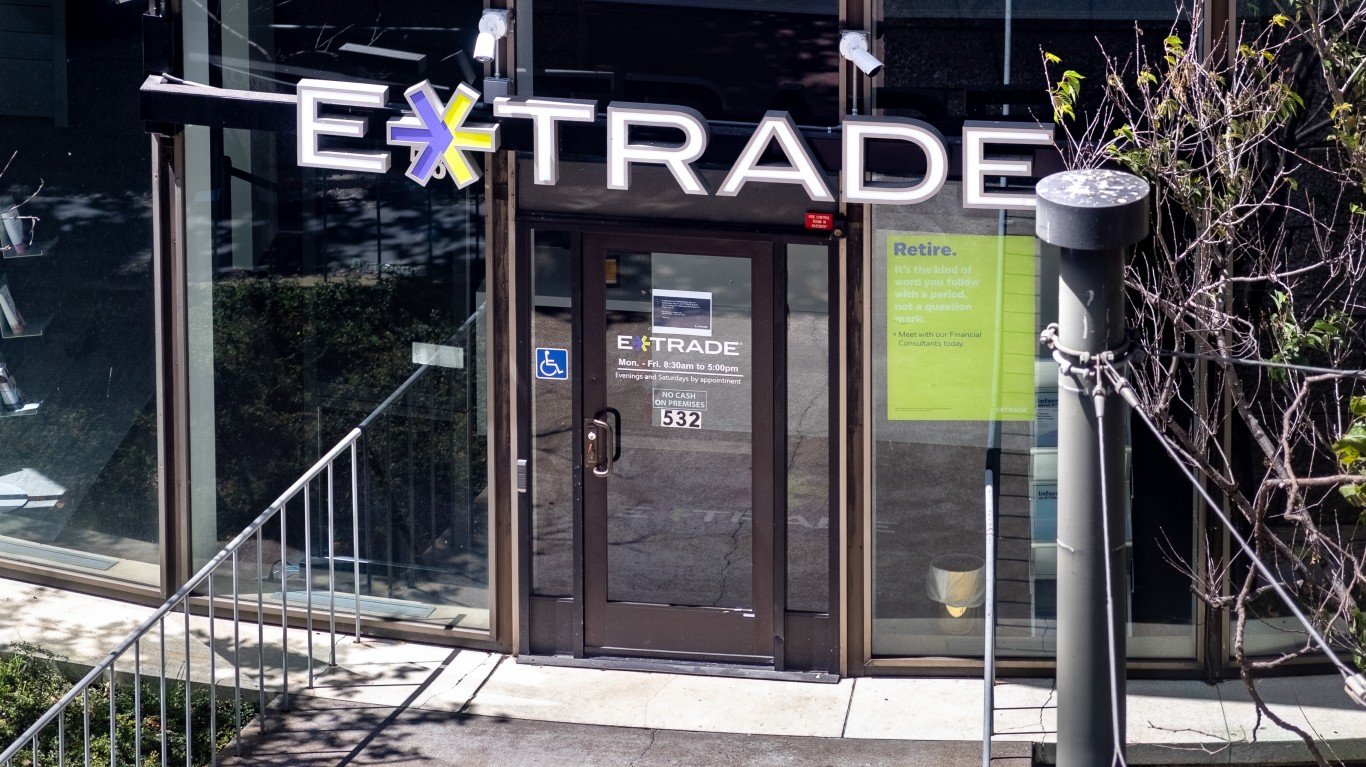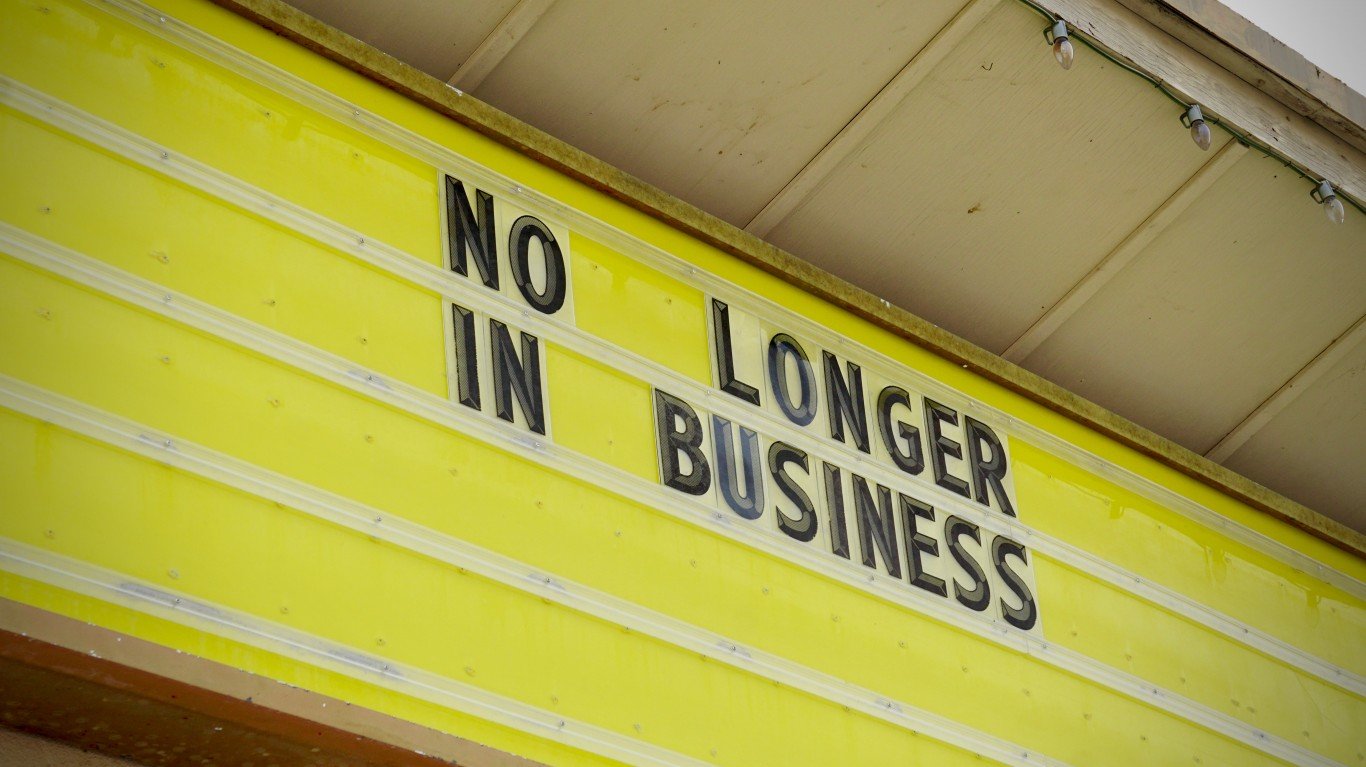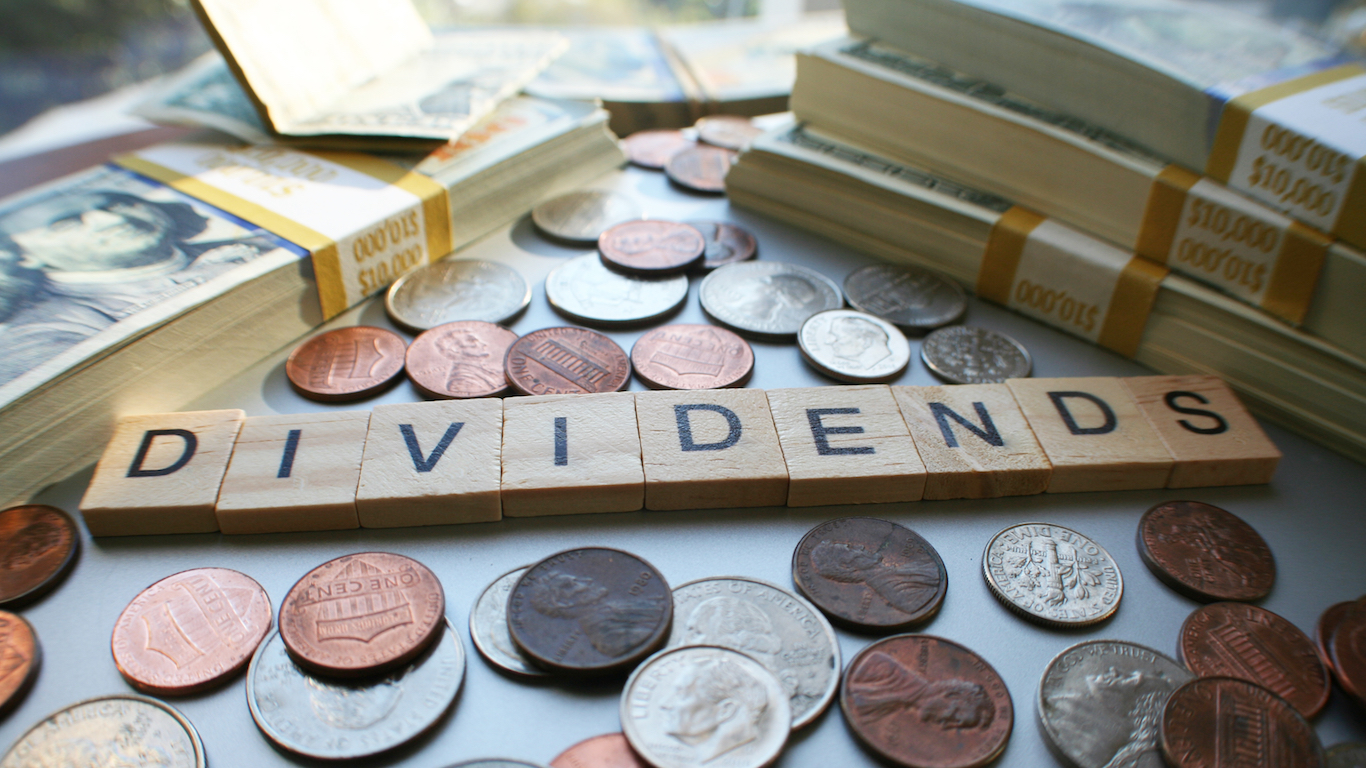Investing
Investing Articles
Have you been watching the stock market rollercoaster lately and wondering where to spend your hard-earned money? You aren’t alone. Everyone knows they should invest, but many get stuck on...
Published:
Looking for a genuine AI stock with good prospects that investors would regret not investing in when they had a chance? Check out C3 AI.
Published:
There’s no shortage of dividend stocks to choose from. But every once in a while, you come across one that captures Wall Street’s attention. JBG Smith Properties (NYSE: JBGS) is one such...
Published:
Dividend stocks can be an excellent source of passive income, especially for those with liquid investible funds. In order to budget for monthly payment allocations, dividend stocks that pay on a...
Published:
Rue21 is out of business. It had 540 stores and 4,900 employees. It said the primary reason was the spread of e-commerce across the industry. Further, it said that the trend in e-commerce had started...
Published:
If you’re looking to get into trading stocks, you need to sign up for a broker service. More than likely you have been looking at online trading options like E*Trade and Robinhood (NASDAQ:HOOD),...
Published:
Houston, Texas, is a major gas, oil, and manufacturing hub. This economic buffer helps keep the cost of living lower in this metropolis than in other big cities of the same size. More than 2.3...
Published:
Investors love dividend stocks because they provide dependable income and a great opportunity for solid total return. Total return includes interest, capital gains, dividends, and distributions...
Published:
Quarterly results at Peloton Interactive were so poor that the stock plunged and CEO Barry McCarthy was fired.
Published:
Apple’s most recent quarter was its worst since the start of the COVID-19 pandemic. Yet, for some reason, shares increased afterward.
Published:
In a development that has sent only minor shockwaves through the investment community, two of the highest-yielding Dividend Aristocrats have significantly reduced their dividends, with one almost...
Published:
Last Updated:
The Financial Select Sector SPDR Fund (NYSE ARCA: XLF) ETF gives investors an opportunity to gain exposure to North America’s leading names in financial services, including heavy-hitting...
Published:
IntroductionIncorporated less than a decade ago, defense and security technology company Anduril Industries has already shown it can compete with more established names in the defense sector. The...
Published:
Feeling pressured to jump into the stock market but don’t know where to get started or what you’re doing? You’re not alone. For some reason, those who participate in the stock market,...
Published:
Investors love dividend stocks, especially the ultra-yield variety, because they provide a big income stream and give investors a great opportunity for massive total returns. Total return includes...
Published:














